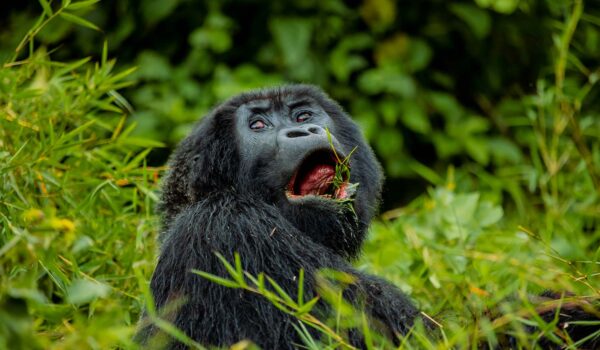Uganda’s Climate and Weather
Uganda’s position on the equator and varied terrain have contributed to its tropical climate, which has moderate temperatures and distinct rainy and dry seasons. Below is a summary of what to anticipate all year long:
Average Temperature
The range of daytime temperatures is 20°C to 30°C (68°F to 86°F).
Temperatures may dip to between 10°C and 17°C (50°F and 63°F) at night, particularly in higher-altitude areas like the Rwenzori Mountains and Bwindi Impenetrable Forest.
Mountainous regions are often colder; at higher heights, the Rwenzori Mountains may reach freezing temperatures.
Seasons That Are Wet and Dry
Dry Seasons (Ideal for Gorilla Trekking and Wildlife Viewing)
The shorter dry season, which runs from December to February, is ideal for gorilla trekking and national park visits.
The extended dry season, which runs from June to August, is perfect for the majority of outdoor pursuits.
Rainy Seasons: A Time for Beautiful Sceneries and Less Crowds
The extended rainy season lasts from March to May. Although costs and people are reduced, the locations with the most rainfall are difficult to reach because of muddy pathways.
There is less rainfall during the shorter rainy season, which runs from September to November. It is still feasible to travel, and there are some lovely days.
Regional Variations
Kampala and Entebbe in central Uganda get mild, generally stable weather with frequent rains. The climate here is more humid than in other places because of Lake Victoria’s impact on humidity levels.
Higher heights in Western Uganda (Bwindi, Kibale, Queen Elizabeth) tend to make it colder. Although there is more rainfall here, the dry seasons are perfect for safari and primate tracking.
Murchison Falls and Kidepo Valley in northern Uganda are drier and warmer than other areas, particularly between November and March.

